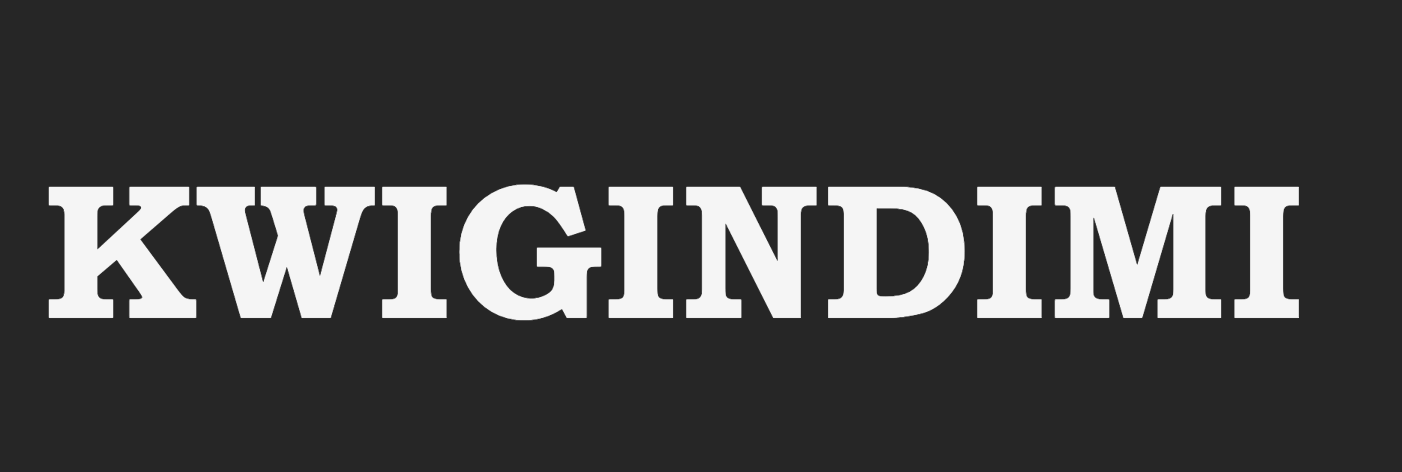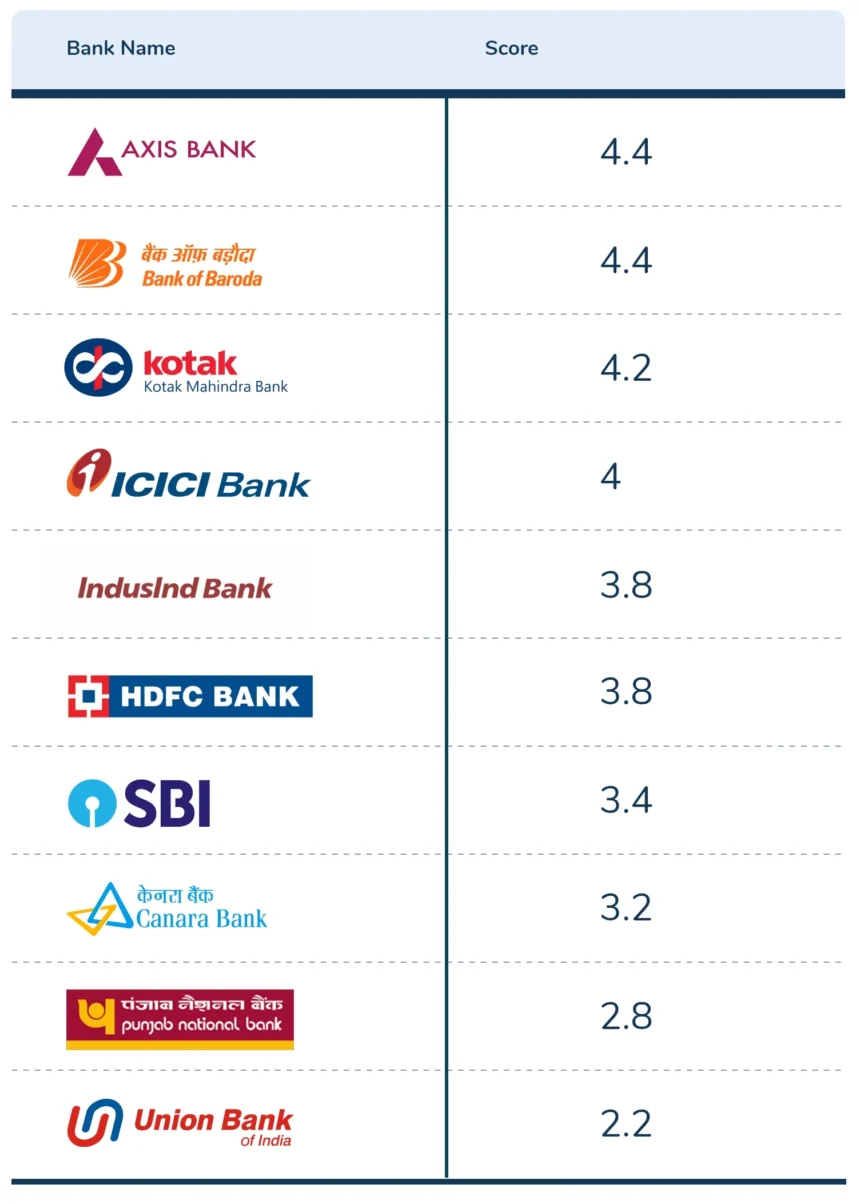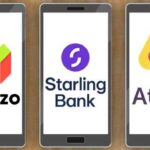Opening a bank account remains one of the most fundamental steps toward achieving financial stability, convenience, and growth. In 2025, the banking landscape has evolved dramatically, offering consumers an unprecedented array of options from traditional brick-and-mortar institutions to fully digital challengers and hybrid fintech partnerships.
Navigating this diversity demands careful consideration of fees, interest rates, digital tools, customer service, and security features. This comprehensive guide is designed to walk you through every critical factor, helping you confidently select the optimal bank for your checking, savings, or business account needs in the year ahead.
Why Choosing the Right Bank Matters
Selecting the appropriate bank is more than a mere administrative task. Your choice influences your ability to earn interest, minimize fees, access robust digital services, and receive reliable support when issues arise. Over time, even seemingly small differences in account fees or interest rates can compound into significant financial gains or losses.
Moreover, the bank you choose often becomes a long-term financial partner supporting you through life events such as home purchases, business expansions, or retirement planning. By investing time up front to compare offerings, you position yourself to maximize returns and enjoy peace of mind.
Consumers who fail to review banking options regularly may find themselves stuck with outdated features or excessive charges. A checking account with hidden maintenance fees can quietly erode your balance, while a savings account with rates below inflation effectively shrinks your purchasing power.
In contrast, modern digital banks often pass cost savings back to customers in the form of higher yields and lower fees. Understanding these dynamics empowers you to make a strategic decision that aligns with both your current circumstances and future ambitions.
The Modern Banking Ecosystem in 2025
Traditional Full-Service Banks
Legacy banks continue to serve as stalwarts in the financial industry, offering expansive branch networks, in-person advisory services, and an extensive suite of products ranging from basic checking to complex commercial lending.
These institutions leverage decades of experience and regulatory expertise to guarantee robust security measures and insured deposits. While their digital platforms have improved substantially, they often carry higher overhead costs reflected in monthly maintenance fees or minimum balance requirements. Nonetheless, their comprehensive services and face-to-face support make them a reliable choice for customers who value human interaction and sheer breadth of offerings.
Digital-Only Banks and Neobanks
Driven by lean operating models and cloud-native infrastructures, neobanks have reshaped consumer expectations around convenience, speed, and transparency. Operating without physical branches, these banks eliminate many fixed costs and pass those savings on through fee-free checking, generous high-yield savings accounts, and streamlined mobile experiences.
Their apps frequently incorporate budgeting tools, automated round-up savings, and instant payment features that appeal to tech-savvy users. The primary trade-off for the digital-only model is limited options for cash deposits and in-person services; however, partnerships with ATM networks and retail partners have mitigated many of these concerns.
Credit Unions and Community Banks
Member-owned credit unions and local community banks often offer competitive rates and personalized service. Credit unions reinvest profits back into member benefits, translating into higher savings yields and lower loan rates. Community banks emphasize local decision-making and economic development initiatives, which can yield faster loan approvals and a deeper understanding of regional market conditions.
Their digital offerings have matured significantly, though they may still lag behind national players in terms of feature breadth and third-party integrations. For customers who prioritize community engagement and relationship banking, these institutions remain compelling options.
Fintech Partnerships and Hybrid Models
A growing trend in 2025 is the emergence of fintech-bank partnerships that blend technology startups’ agility with banks’ regulatory privileges. These hybrid models deliver innovative products—such as cash management accounts with brokerage-style returns or credit products with AI-driven underwriting.
Users benefit from intuitive interfaces and new financial services while retaining FDIC or NCUA insurance on deposits. As these collaborations expand, they are likely to redefine how consumers manage cash flow, investments, and credit in a unified environment.
Key Factors to Evaluate When Choosing a Bank
Account Fees and Minimum Balances
Understanding fee structures is paramount to preserving your wealth. Many legacy banks levy monthly maintenance fees ranging from $5 to $25 unless you meet direct-deposit or minimum balance thresholds. Conversely, digital and community institutions often offer fee waivers or entirely fee-free accounts. When comparing providers, examine:
- The exact conditions required to waive monthly fees, such as maintaining an average daily balance or completing a set number of debit transactions.
- ATM surcharge policies, including whether out-of-network fees apply or are reimbursed.
- Non-sufficient funds (NSF) and overdraft fees, which can exceed $30 per incident. Some banks now advertise low-fee or grace period overdraft protection that can help prevent unexpected charges.
By choosing institutions with transparent, fair fee schedules, you avoid surprises and keep more of your hard-earned money working for you.
Interest Rates and Yield Opportunities
In a higher-rate environment, securing competitive yields on deposit accounts is more critical than ever. Online banks currently lead the market with savings APYs exceeding 4.00%, while traditional banks often hover near 0.01–0.50%. When evaluating rates, consider:
- Tiered interest models that reward larger balances with incremental rate increases.
- Promotional rates for new customers, which may expire after a few months.
- Rate caps and balance limits, ensuring you understand the maximum amount that qualifies for the advertised APY.
Calculating potential interest earnings over time, especially on larger balances, can reveal the tangible benefits of choosing a high-yield provider.
Digital Experience and Mobile Banking Features
Your smartphone or tablet often serves as your primary banking interface. Top-tier banks in 2025 offer:
- Fully digital account opening: instant identity verification via government-issued ID scans, selfie verification, and e-signatures that enable account activation in minutes.
- Intuitive dashboards with customizable alerts and real-time transaction notifications delivered via SMS or push.
- Integrated financial wellness tools, such as spending categorization, savings goals, and cash-flow analytics.
- Seamless peer-to-peer payments, bill pay, and external account linking via ACH with instant or same-day settlement.
A best-in-class app not only simplifies daily transactions but also empowers you to monitor your financial health and make data-driven decisions.
Security Measures and Fraud Protection
As cyber threats evolve, financial institutions must fortify defenses and instill customer confidence. Essential security features to verify include:
- Multi-factor authentication (MFA) options, including SMS codes, authenticator apps, and biometric logins (fingerprint or facial recognition).
- Device recognition and geolocation monitoring that flag anomalous activity.
- Real-time fraud alerts with one-touch transaction dispute processes.
- Zero-liability policies that ensure you are not held responsible for unauthorized transactions when reported promptly.
Institutions that invest heavily in cybersecurity and user education are better positioned to protect your assets and personal information.
Branch Access and ATM Networks
Despite the proliferation of digital channels, access to cash and in-person services remains important for many. Evaluate:
- Branch density in your residential or business area, including weekend and evening hours.
- Participation in shared-branch or ATM networks that grant surcharge-free access to partners nationwide.
- Drive-thru services, notary availability, and financial advisory centers.
Balancing physical convenience with digital innovation ensures you never face a gap in essential banking services.
Customer Service Quality
High-quality support can differentiate between minor inconveniences and major headaches. Key service factors include:
- 24/7 availability of phone, chat, or video support.
- Average wait times and first-contact resolution rates documented in customer satisfaction surveys.
- Dedicated relationship managers for high-net-worth or business clients.
- Access to educational resources, webinars, and personalized financial coaching.
Reliable, responsive support fosters trust and enhances your overall banking experience.
Detailed Comparison of Leading Banks in 2025
Global National Bank (GNB)
Global National Bank remains a full-service powerhouse, boasting over 3,000 branches nationwide and a digital platform that has received industry awards for user experience. GNB’s Elite Checking account offers tiered APYs up to 1.75% for balances above $50,000 and reimburses up to $20 in monthly ATM surcharges. Monthly maintenance fees of $15 are waived with a $5,000 minimum balance or $2,000 in monthly direct deposits.
GNB’s wealth management division provides seamless account integration for investment portfolios, while its mobile app features AI-driven spending insights and round-up savings tools. Security practices include behavioral biometrics that flag unusual login patterns and an in-app fraud dispute workflow.
Velocity Digital Bank
As a pioneering neobank, Velocity offers a fee-free checking account with 4.25% APY on balances up to $20,000 and 3.00% on all higher balances. Opening an account takes under five minutes via mobile ID verification and selfie authentication. Velocity provides free domestic and international ATM withdrawals through a network of over 55,000 Allpoint ATMs. Its app integrates automated savings “pods,” real-time budgeting dashboards, peer payments with instant settlement, and early direct deposit up to two days in advance. Velocity’s security framework includes device binding, transaction whitelisting, and a dedicated fraud investigation team reachable via in-app chat 24/7.
Hometown Community Credit Union
Dedicated to serving local communities, Hometown Community Credit Union offers members a 3.85% APY on savings and 0.50% on checking, with no monthly fees regardless of balance. Membership requires a one-time $25 deposit to a share account, which also entitles users to discounted loan rates and free financial counseling.
Hometown’s mobile platform has matured to include mobile check deposit, P2P transfers, and account aggregation from external banks. While branch access is limited to its regional footprint, shared-branch partnerships grant access to over 5,000 locations nationwide. Their customer support team boasts an average first-call resolution time under five minutes.
BrightLeaf Neobank
BrightLeaf targets freelancers and gig workers with a business-style account that includes no minimum balance requirement, up to $250 in no-fee overdraft protection, and 2.50% cashback on recurring subscription payments such as software or utilities. BrightLeaf’s invoicing and payment link features enable small businesses to collect funds directly within the app, and users receive quarterly tax-withholding estimates.
Customer support is available via chat from 8 AM to 10 PM ET seven days a week. While BrightLeaf does not have a proprietary ATM network, it reimburses up to $10 per month in out-of-network ATM fees.
River Valley Bank
River Valley Bank’s strength lies in its commitment to rural and underserved markets. With no monthly fees on small-business checking and unlimited free transactions, it attracts local entrepreneurs. Its savings rates of 3.50% APY for balances up to $10,000 and 2.00% for higher tiers remain competitive. River Valley’s digital offerings include mobile deposit, ACH initiation, and integration with QuickBooks and Xero. Branches operate on extended hours during weekdays, and drive-up services handle cash and check transactions conveniently. Personalized loan officers expedite applications for equipment financing and agricultural loans.
How to Open Your New Bank Account in 2025
Preparing Your Documentation
To ensure a smooth onboarding process, gather the following:
A valid government-issued photo ID such as a driver’s license or passport, your Social Security Number (or taxpayer ID), proof of address in the form of a recent utility bill or lease agreement, and information for your initial funding source—either another bank account’s routing and account numbers or details for a mobile check deposit. Having these documents readily available reduces delays and often unlocks instant account activation.
Completing the Online Application
Most banks now offer fully digital onboarding:
Begin by uploading clear images of your ID. Next, provide your personal information name, address, date of birth and verify your identity through automated checks or micro-deposits. Electronically sign disclosures and agreements, paying close attention to fee schedules and privacy policies. Finally, link your external funding source to transfer your initial deposit. Many banks now enable instant funding via real-time payments networks, allowing immediate access to funds.
Visiting a Branch for In-Person Setup
If you prefer face-to-face interaction, schedule an appointment online or via the bank’s mobile app. During your visit, a personal banker will guide you through paperwork, help you select account features, and issue your debit card instantly.
You can also set up services such as safe-deposit boxes, notarization, and overdraft protection with expert assistance. In-branch appointments often grant faster identity verification and instant access to additional services like cashier’s checks or wire transfers.
Tips to Maximize the Benefits of Your New Account
Automate Your Finances
Set up recurring transfers from checking to savings or investment accounts to build wealth effortlessly. Automate bill payments to avoid late fees and improve credit scores. Utilizing auto-pay features helps maintain healthy cash flow and reinforces disciplined savings habits.
Leverage Introductory Offers Strategically
Promotional bonuses and high introductory APYs can boost initial balances. However, read the fine print: most offers require maintaining minimum balances for 90 days or completing a certain number of debit transactions. Calculate whether you can meet those criteria without jeopardizing your cash flow.
Monitor Your Accounts Actively
Enroll in real-time transaction alerts via text or push notifications. Regularly review monthly statements and categorize spending to identify potential fraud early. Many banks offer built-in analytics tools that highlight unusual spending patterns and suggest budget adjustments.
Reevaluate Your Banking Relationship Annually
The financial marketplace evolves quickly. New entrants and changing regulations can produce better rates and features. Once a year, compare your current bank’s offerings against emerging alternatives. Switching accounts is often free and can be completed in minutes online, ensuring you never miss out on superior benefits.
Common Mistakes to Avoid When Opening a Bank Account
Ignoring the Fine Print
Promotional rates and fee waivers often come with conditions. Overlooking minimum balance requirements, transaction thresholds, or expiration dates for introductory offers can lead to unexpected charges.
Overlooking ATM and Overdraft Policies
A bank may advertise fee-free ATM withdrawals, but only within its limited network. Exceeding ATM limits or relying on overdraft protection without understanding the fees can quickly become expensive.
Underestimating the Value of Digital Tools
Opting for a bank solely on branch proximity may mean sacrificing powerful mobile features. Conversely, choosing a neobank without considering cash-deposit needs can create logistical hassles. Strike a balance based on your priorities.
Failing to Plan for Future Needs
Your banking requirements in 2025 may differ significantly from those in 2030. Consider potential life events such as homeownership, business growth, or retirement planning and choose an institution that can scale with you.
Frequently Asked Questions
What documents are required to open an account online?
To open most checking or savings accounts online, you will need a valid government-issued ID, your Social Security Number (or equivalent taxpayer ID), proof of address such as a utility bill or lease, and details for your initial funding source. Some banks also require a selfie or video verification step to enhance security.
How quickly can I access funds deposited in a new account?
Immediate access depends on the bank’s funding network. Many digital banks offer real-time or same-day funding for ACH transfers. Mobile check deposits typically clear in 1–3 business days, though some institutions expedite holds for trusted customers.
Will opening a new deposit account affect my credit score?
Most deposit account openings do not involve a credit inquiry, so your credit score remains unchanged. Exceptions include accounts with overdraft lines of credit or bundled credit products, which may trigger a soft or hard inquiry.
Are online banks as safe as traditional banks?
Reputable online banks partner with FDIC-insured institutions, ensuring up to $250,000 in deposit protection per depositor. Many digital banks invest heavily in cybersecurity measures, including encryption, multi-factor authentication, and continuous monitoring, often exceeding the protections offered by traditional banks.
Conclusion
Choosing the best bank to open your account in 2025 is a decision that can have lasting financial implications. By evaluating fee structures, interest rates, digital experiences, security protocols, branch access, and customer support, you can identify the institution that best aligns with your unique needs and goals. Whether you prioritize high yields, seamless mobile banking, or personalized local service, the modern banking ecosystem offers a wealth of options.
Remember to automate your finances, monitor accounts diligently, and reassess your banking relationship annually to ensure you continue to benefit from the most competitive offerings. Armed with the insights in this guide, you are now well-prepared to embark on a smarter, more lucrative banking journey in 2025.




